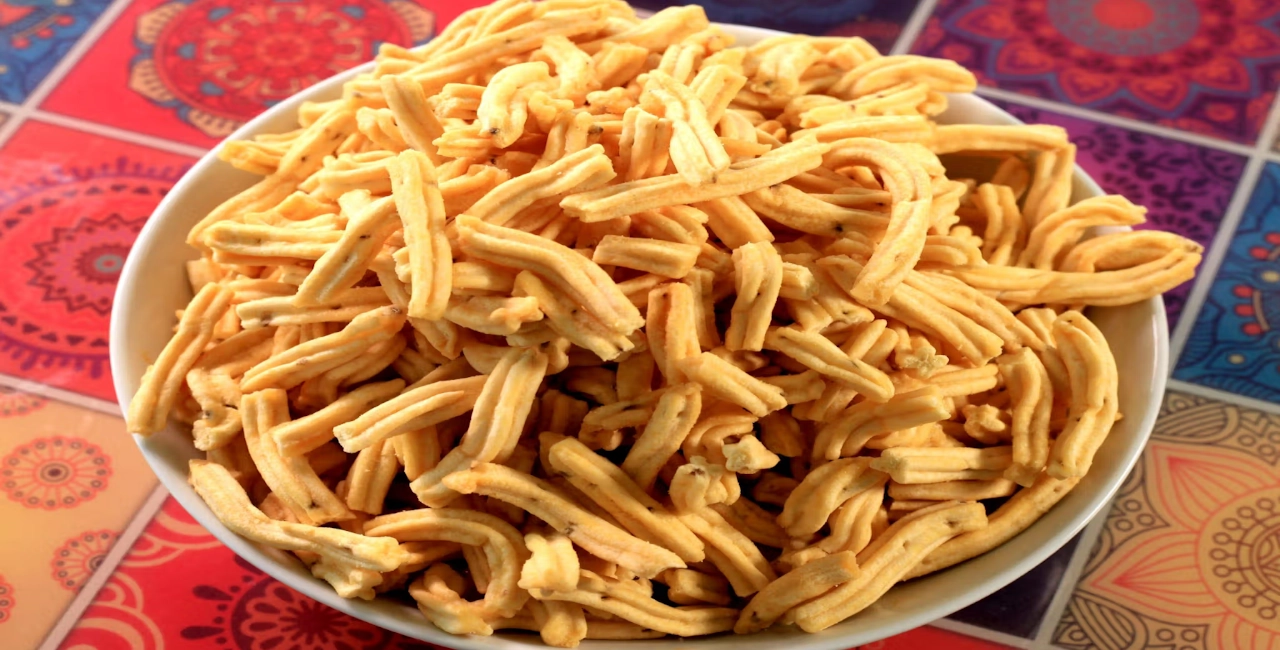Currently Empty: ₹0.00

Uttarakhand, nestled in the lap of the Himalayas, is renowned for its serene landscapes, rich culture, and unique cuisine. Among its array of traditional dishes, Gulthiya stands out as a beloved comfort food, especially during the colder months. This simple yet flavorful dish reflects the rustic charm of Uttarakhand’s culinary traditions, using locally sourced ingredients and straightforward cooking techniques.
What is Gulthiya?
Gulthiya, also known as Gulathiya in some regions, is a traditional dish from the Kumaon region of Uttarakhand. It is made from small, hand-rolled dough balls cooked in a rich, savory curry made with buttermilk, yogurt, or sometimes a light lentil-based broth. The dough is typically made from wheat or rice flour, which is shaped into tiny cylindrical or round balls before being simmered in the curry. The result is a hearty, wholesome meal that is both nutritious and satisfying.
This dish is commonly prepared during the winter months when the Himalayan chill makes people crave warm, comforting foods. The use of simple ingredients like wheat flour and yogurt, along with basic spices, makes Gulthiya a staple in many households. It is traditionally enjoyed with rice or roti, making it a complete and fulfilling meal.
Ingredients and Preparation
The beauty of Gulthiya lies in its simplicity. The main ingredients include:
- Wheat flour (or sometimes rice flour) for the dough
- Yogurt or buttermilk, which forms the base of the curry
- Spices like turmeric, cumin, and mustard seeds, which add flavor
- Garlic and ginger, which enhance the aroma and depth of the dish
- Oil or ghee for tempering
- Salt and red chili powder to taste
- Coriander leaves for garnish
The preparation of Gulthiya is fairly straightforward. First, a dough is prepared by kneading wheat or rice flour with water, along with a pinch of salt and sometimes a bit of oil. This dough is then rolled into small balls or finger-like shapes, which are the signature element of Gulthiya.
For the curry, yogurt or buttermilk is whisked with water and a bit of flour to prevent curdling during cooking. The base is spiced with turmeric, cumin, and mustard seeds, which are tempered in oil or ghee. Garlic and ginger are often added for a deeper flavor profile. Once the curry begins to simmer, the dough balls are gently dropped into the liquid and cooked until they are soft and tender, absorbing the flavors of the curry. The dish is then garnished with fresh coriander leaves and served hot.
Nutritional Value
Gulthiya is not just a tasty dish, but it’s also highly nutritious. The use of wheat or rice flour provides a good source of carbohydrates, essential for energy, while yogurt or buttermilk adds probiotics and calcium, promoting digestive health and bone strength. The dish is low in fat, especially when prepared with minimal oil or ghee, making it a healthy option for those watching their calorie intake.
The spices used in Gulthiya, such as turmeric and cumin, are known for their medicinal properties. Turmeric is a natural anti-inflammatory agent, and cumin aids in digestion. The garlic and ginger in the curry also offer numerous health benefits, including boosting the immune system and promoting cardiovascular health.
Cultural Significance
Gulthiya holds a special place in the culinary traditions of Kumaon and is often associated with homely, everyday meals. Unlike elaborate festival dishes, Gulthiya represents the simplicity and practicality of the cuisine in rural Uttarakhand. It is a dish that can be prepared with minimal ingredients, making it accessible to people across all economic strata.
The dish is often made in large quantities to serve families, and its preparation is considered an act of love and care, especially in colder months when families gather around the warmth of the kitchen. Gulthiya is also a common dish during the winter season because the yogurt-based curry helps to keep the body warm and nourished in the chilly climate of the hills.
In addition, because it’s such a simple dish, Gulthiya is often a part of meals shared in community settings or small village gatherings, symbolizing unity and the sharing of resources. The dough balls, rolled by hand, are often made by multiple family members, adding a communal aspect to the cooking process.
Variations of Gulthiya
While the basic recipe for Gulthiya remains the same, there are a few regional variations depending on the availability of ingredients and personal preferences. In some households, lentil broth or a thin dal is used instead of yogurt or buttermilk, lending the dish a different flavor. Others might add vegetables like potatoes or spinach to make it more hearty and nutritious.
In some versions, especially in festive preparations, the curry is enriched with spices like fenugreek or coriander powder, enhancing the complexity of flavors. Another popular variation includes frying the dough balls before adding them to the curry, giving them a crispy texture that contrasts with the smoothness of the curry.
Conclusion
Gulthiya is more than just a dish; it is a reflection of the culinary heritage of Uttarakhand. Its simplicity, warmth, and wholesome nature make it a perfect representation of the people and the region. Whether enjoyed as a humble meal in the heart of a village or a comforting dish in an urban household, Gulthiya continues to be a beloved part of Uttarakhand’s rich culinary tradition. Its ability to nourish both body and soul makes it a dish worth celebrating and preserving for generations to come.


